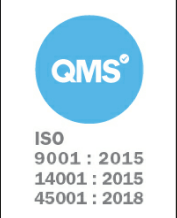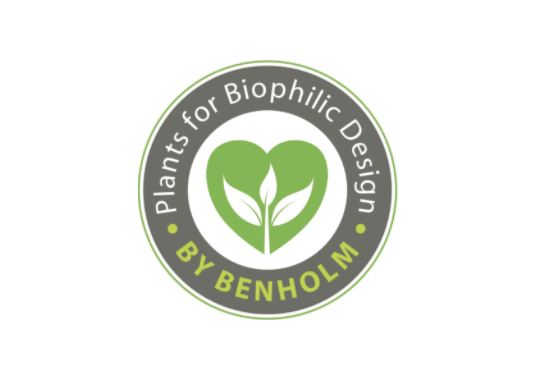Healthy employees are happy employees. And happy employees are productive employees.
So what can we do to ensure our workforce are as healthy as possible?
There is a direct correlation between smart workplace design and improved employee wellbeing and performance. Making small changes to incorporate nature in the workplace can have a huge impact on how employees feel when they come to work, and how happy, creative and productive they feel when at work.
Plants for Wellness
An Exeter University study saw professors visiting workplaces including a call centre in the Netherlands and a large city auditor in London to discover how greenery can boost the mood and improve performance. When plants were brought into the offices, to the ratio of one plant per square metre, employee performance improved. The study concluded:
“What was important was that everybody could see a plant from their desk. If you are working in an environment where there’s something to get you psychologically engaged you are happier and you work better”
While small changes are proven to be effective, be inspired by some of the world’s Tech giants who are making seriously big changes – leading the way in embracing nature in their workplaces. Amazon created a green paradise in its new Spheres structure in Downtown Seattle. Part of a $4 billion investment saw experts collect plants from greenhouses around the world combined with rivers, waterfalls, and towering green walls designed to transport employees into a headspace as tranquil as the tropical forest the foliage aims to replicate.
People generally agree that plants look nice in the office, adding colour and interest to a workspace. What they often don’t realise is the science behind the significant benefits of having plants present for our health and wellbeing, both physical and mental.
Biophilic Design
Centred around Biophilic design principles, which, simply put is an innovative way to harness our affinity with nature to create natural environments for us to live, work and learn. By including nature to our interior and architectural design, we are unconsciously reconnecting; bringing the great outdoors in to our constructed world. It’s a philosophy based on the principle that contact and exposure to nature is a basic human need, as opposed to a cultural amenity or individual choice.
Although this isn’t a new concept, we’ve seen cities and offices designed in a way that separates us from nature in the past. By including plants and nature in the design of our workplaces now and in the future, designers can have a positive impact on happiness, creativity and productivity. That’s why we are predicting that the plants in offices design trend is one that’s here to stay. Especially when there are so many creative ways of incorporating plants – on walls and ceilings, within furniture and in all kinds of containers.
Increased productivity
Various studies have shown that including plants in workplace design can have a positive effect on perceived productivity. One report, studying 7,600 offices workers in 16 countries, found nearly two-thirds (58%) of workers have no live plants in their workspaces. Those working in environments incorporating natural elements reported a 15% higher wellbeing score and 6% higher productivity score than employees whose offices didn’t.
Reduced stress
We often gravitate to the great outdoors to calm and soothe ourselves when we need to relax, quieten and re-charge. Spending time outdoors is as important for our mental health as it’s ever been but, with 9-5 office jobs (and often the weather to overcome), it can be tricky to find time to enjoy the outdoors. Incorporating plants into workplaces is just one way of reconnecting with nature and bringing the outdoor world inside. Studies have proved that daily interaction with plants helps reduce psychological and physiological stress.
Creates a peaceful environment
Open-plan offices can lead to a high volume of noise and acoustic pollution as well as a lack of privacy for confidential conversations. Plants can help absorb ambient noise dus to their numerous and varied leaf surfaces and Nordik Moss walls have significant acoustic properities as well. Plants are great for screening too and can also be used help to define different ‘zones’. This offers a higher degree of flexibility allowing employees to escape to a quieter part of the office if they need to concentrate.
Reduced absenteeism
Plants in office spaces can help create healthier working environments. It’s easy for indoor air to become polluted and stale with photocopiers, printers and cleaning products in the vicinity. Opening a window if you’re based in the city can also let in pollutants, but plants remove some of these toxins. Clean air helps reduce employee sickness as people will be working in a healthier environment. Offices embracing nature have seen a 26% boost in cognition and 30% drop in sickness-related absences among employees.




















